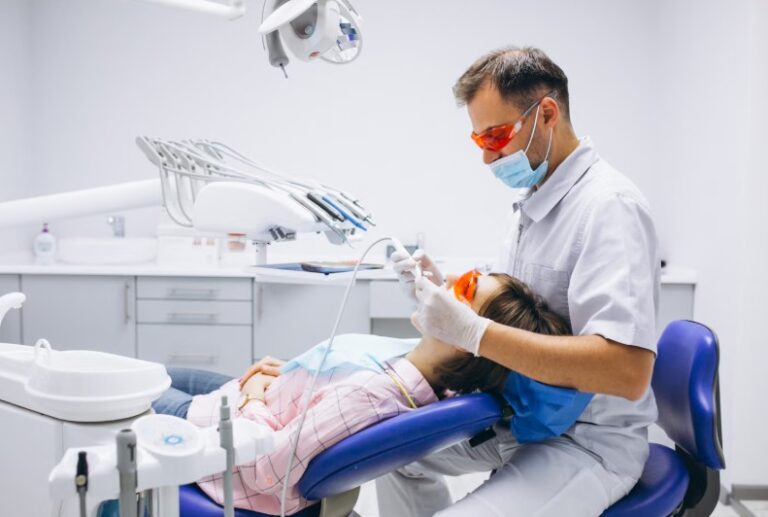
Recovering from an injury can be one of the most significant challenges an athlete faces. Sports medicine helps athletes recover and get back to their sport safely and efficiently. With its focus on the unique demands placed on the body by athletic performance, sports medicine offers tailored approaches to recovery and future injury prevention. Exploring the principles and practices of this field gives insight into how it supports athletes’ journeys back to peak performance.
Common Sports Injuries and Their Impact
Athletic activities often come with the risk of physical injury, regardless of skill level or sport. Some common injuries include ligament tears, muscle strains, tendon sprains, and fractures. These injuries may range from mild to severe, impacting an athlete’s ability to train or compete. Beyond the physical discomfort, these setbacks can also influence an athlete’s mental focus and confidence in their ability to perform. Understanding the type and extent of an injury is the first step in recovery.
Diagnosing and Treating Sports Injuries
Sports medicine provides specialized tools and methods to diagnose injuries. This often involves detailed physical examinations, imaging techniques such as X-rays or MRIs, and an assessment of an athlete’s health and fitness. Once the nature of the injury is understood, professionals can plan a clear course of treatment. This treatment often integrates multiple approaches, including targeted exercises, bracing or taping, and manual therapies. Working alongside a sports medicine professional provides a detailed diagnosis and treatment plan tailored to meet the specific needs of an athlete.
Rehabilitation and Return-to-Play Protocols
Rehabilitation is a structured approach to gradual recovery. During this phase, athletes typically progress through exercises aimed at regaining strength, flexibility, and coordination. The goal of rehabilitation is to restore the affected area and prepare it for the demands of the sport. Return-to-play protocols guide athletes safely transitioning back into full participation. These protocols often require meeting specific functional benchmarks to reduce the risk of reinjury.
Components of Effective Recovery in Sports Medicine
A successful recovery involves several interconnected elements, including physical care and lifestyle considerations. Below are some practices that support recovery and performance:
- Rest and Recovery: Giving the body enough time to heal helps damaged tissues repair without added stress.
- Proper Nutrition: A diet rich in nutrients supports tissue repair and energy recovery. Athletes may focus on macronutrients like proteins and carbohydrates, along with vitamins and minerals, to aid the healing process.
- Targeted Exercises: Gentle, progressive strengthening and mobility exercises help restore function and prevent stiffness.
- Regular Monitoring: Regular assessments keep the recovery plan aligned and adjust to the athlete’s progress.
These practices form the foundation of a well-rounded recovery routine.
The Role of Physical Therapy in Preventing Future Injuries
Physical therapy extends beyond recovery—it plays a valuable role in maintaining long-term athletic health. Strengthening the areas around a previously injured site reduces the likelihood of reinjury. Additionally, conditioning programs focused on flexibility, balance, and core stability work to support body alignment and function. Physical therapists also assess movement patterns to identify risks and correct imbalances, providing athletes with a proactive approach to injury prevention.
Also Read: How To Treat Sports Injuries With Regenerative Medicine?
Start Your Journey to Recovery
Sports medicine supports athletes in recovering from injuries and getting back to peak performance. By working with experienced professionals, athletes can achieve a balanced approach to healing, performance, and long-term wellness. If you’re on the path to recovery, consider consulting with a sports medicine specialist to explore tailored solutions that fit your needs. Whether you’re aiming for a comeback or looking to prevent future issues, the right support can help you stay active and focused on your goals.






